We live in a world of initialisms. Think BTW, UFO, and DIY. You may or may not use those everyday, but there is one you will use constantly in your weaving world : EPI.
EPI stands for Ends Per Inch and refers to how many individual warps you need for every inch of your weaving to achieve the desired type of weaving you want. It can also be called your warp sett or your warp spacing.
Interested in weaving initialisms? Don’t forget to check out the PPI post HERE!
This page may contain affiliate links. If you purchase something through these links then I will receive a small commission – at no extra cost to you! Please read our DISCLAIMER for more info. Thanks for the support!
There are now 2 ways to take it – either purchase the whole course at once for a discount or “create your own” course by purchasing just the parts you want! Either way, get 10% off for being a member of the Warped Community!
Why is it important?
EPI is arguably one of the most important things you need to figure out before starting a weaving.
The wrong warp sett will set you up for the wrong kind of weaving. For the most part, a smaller EPI will set you up for a tapestry or a weft-faced weaving (if you missed it: check out WEAVING TERMS). This is because it allows for more space between each warp and therefore the weft is more easily compressed.
A larger EPI means there is less space between each warp. This creates a tighter weave that doesn’t allow the weft to completely compress. As a result, you will see both warp and weft.
Of course, this all can change depending on the size of both your warp and weft. To weave a thicker weft into a weft-faced weaving (tapestry) you will need a smaller EPI than you would need if you wanted to do the same weaving with a thinner weft.
Your warp density matters.
Great.
Think Of Your Weaving In Pixels
When you are planning your weaving, specifically an image-based tapestry, it is important to remember that your weaving image will need to be “converted” into pixel-like shapes. That’s because you are essentially weaving on a grid.
Think of it as making an image in any paint program on your computer or zooming into a photograph until the edges of objects are jagged.
Your EPI affects just how many pixels you have to work with. A larger EPI with small weft yarns will allow for a more detailed and less pixelated image.
Well, where does that leave you?
Obviously, you should just know the exact warp sett, right?
Don’t worry, no one expects you to.
Although, there is a general rule for tapestry that you will be able to follow successfully a good chunk of time. 6 EPI works incredibly well for a standard 8/4 warp and a similar-sized weft.
What about those other times though?
What if you are using an alternative weft?
Or you are wanting a more detailed weaving than the 6 EPI can provide?
Enter the EPI mini-loom.
EPI Mini-Loom – Small but Mighty
Making a mini loom to measure your EPI is a quick way to figure out what sett you need without wasting too much time or materials.
Materials Needed:
Cardboard, chipboard, foam core, or mat board
Pen or pencil
Yarn
Ruler
First, cut your board into a 4-inch square. This will give you 2 inches of weaving space to sample your EPI. In my example below I have used mat board.
Tip: When cutting through a thick material like mat board – make a lot of long shallow cuts instead of trying to cut through all at once. You will save your wrist and create a cleaner line.
On the top and bottom of the square mark each inch with a pen or pencil and cut a notch at the first mark on the top and the last on the bottom.
Start your warp at the top-notch and leave about an inch on the back of the mini-loom.
Next, wrap your prospective warp around the loom so that it corresponds to the EPI you want to try out. If you’re trying out 6 EPI then you would make sure there are 6 warp ends in each 1-inch area.
Do this for at least 2 full inches so you get an accurate sample. You could probably get away with doing just 1 inch, but honestly, 2 inches does not take that much longer and will give you a better sample. Also, it is important to make sure the warps are evenly spaced, otherwise, your EPI will be incorrect! Do this to the best of your ability. It does not have to be perfect – but it should be close.
In this example, I have spaced the warp out to 6 EPI which means that I have 12 total warp ends (6 ends per inch x 2 inches.)
Your last warp will end at the bottom notch. You can cut it off at the back at about an inch as shown.
Now you can weave with your prospective weft!
Is it working?
Awesome! Move onto the actual weaving!
If not, re-warp with a new sett and try again.
Repeat as necessary.
Below is a comparison of 6 EPI and 12 EPI. The warp yarn is the same, but the weave structure is different. In this case, 6 EPI creates a weft-faced weave and 12 EPI creates a balanced weave.
Now that it is already set up you can try out different wefts on the same sample. What happens if you used a thicker weft? Or a weft with a lot of texture? You won’t know unless you try it!
To take your sample off the loom all you have to do is cut the warps on the back. You can finish them off by tying simple knots or any other finishing techniques you want. Hold onto your samples to look back on the next time you want to use that yarn and EPI or recycle your yarn for something else and just take some notes!
This mini-loom is great because you can keep it in a binder, bag, sketchbook, or pretty much anywhere and it will not take up any room. Hang onto this and use it whenever you are trying out some new yarn or a new project!
Or you could guess what EPI you should use.
You know, if you like to live dangerously.
What is your favorite way to figure out your EPI? Have you tried out your mini-loom yet?
⇣ Love It? Share It! ⇣
You May Also Like
















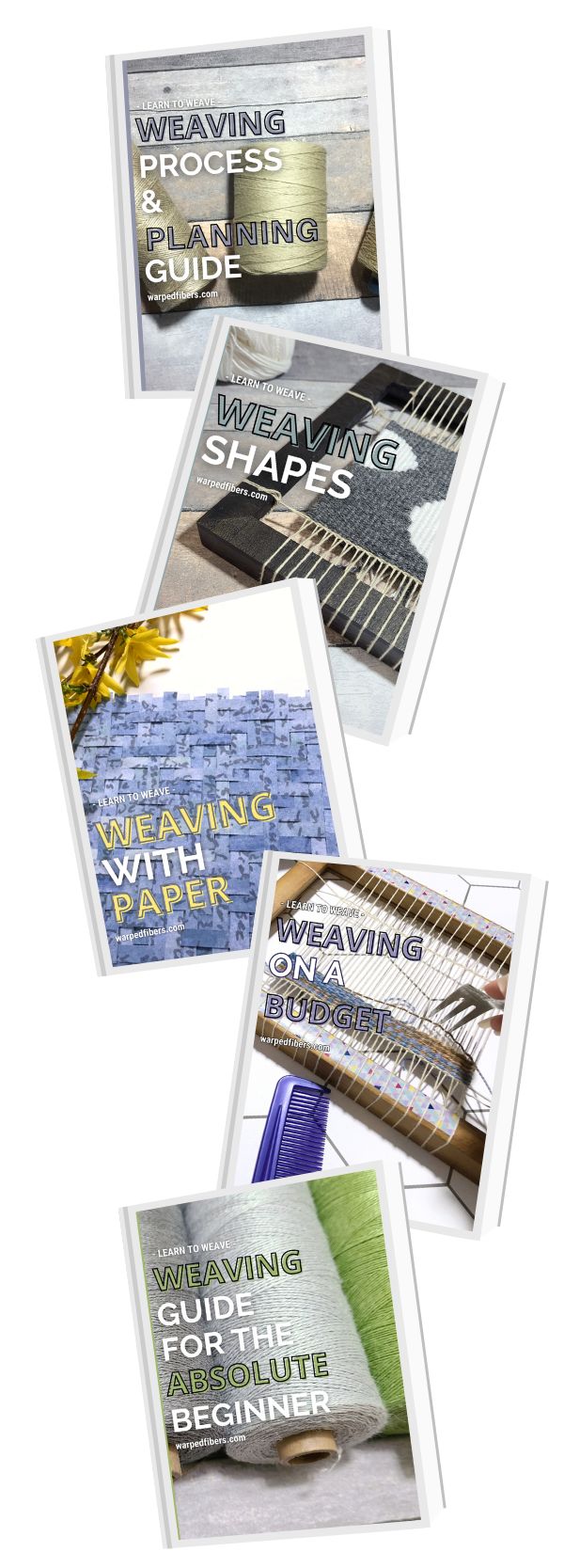
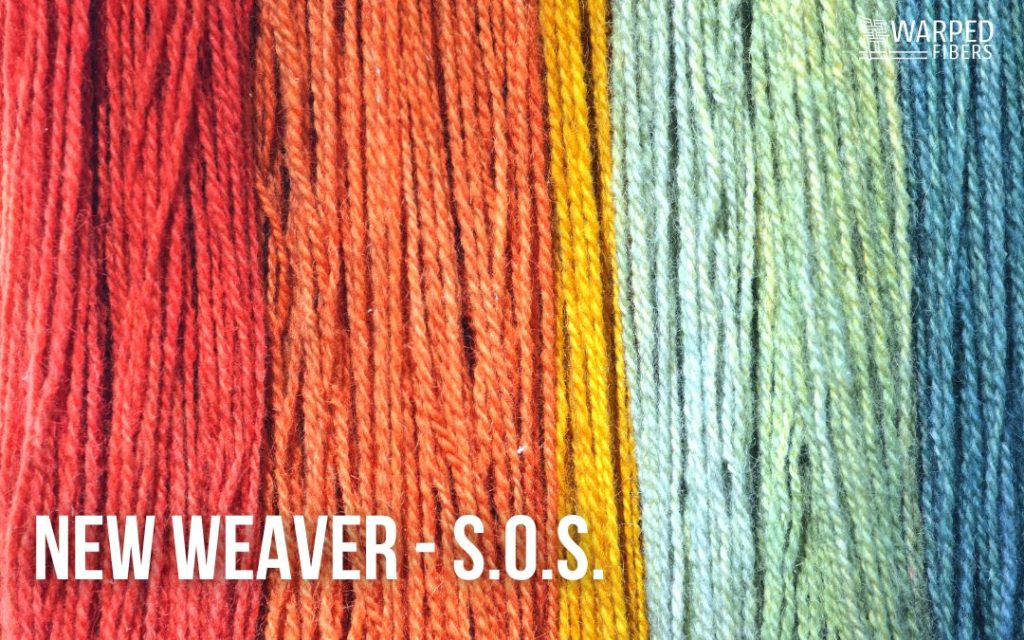

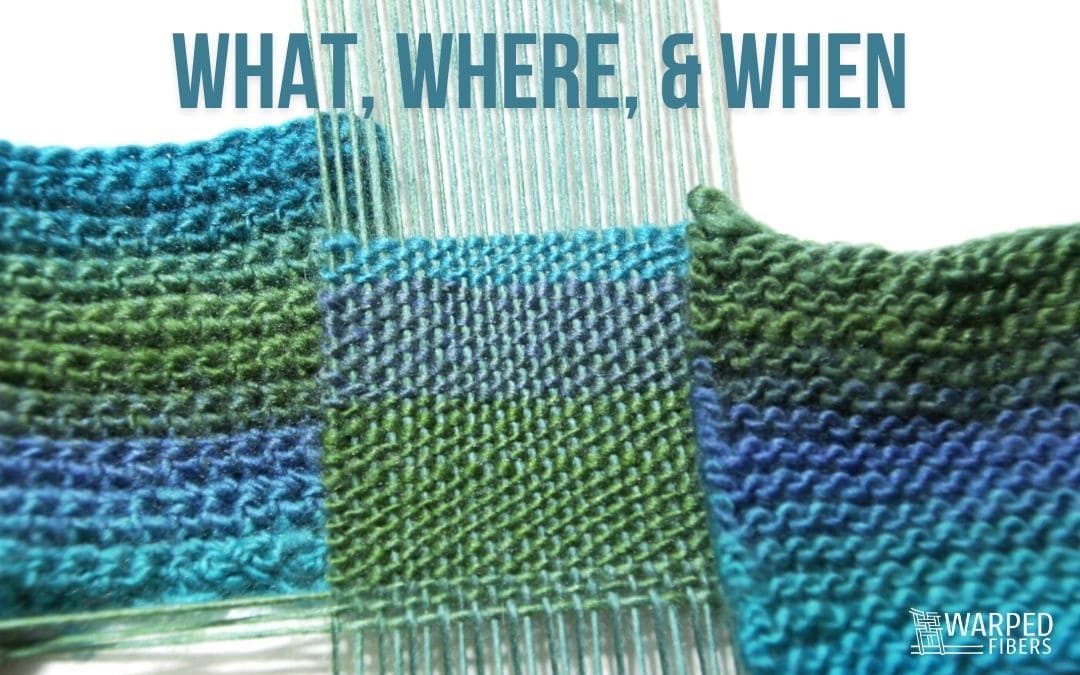

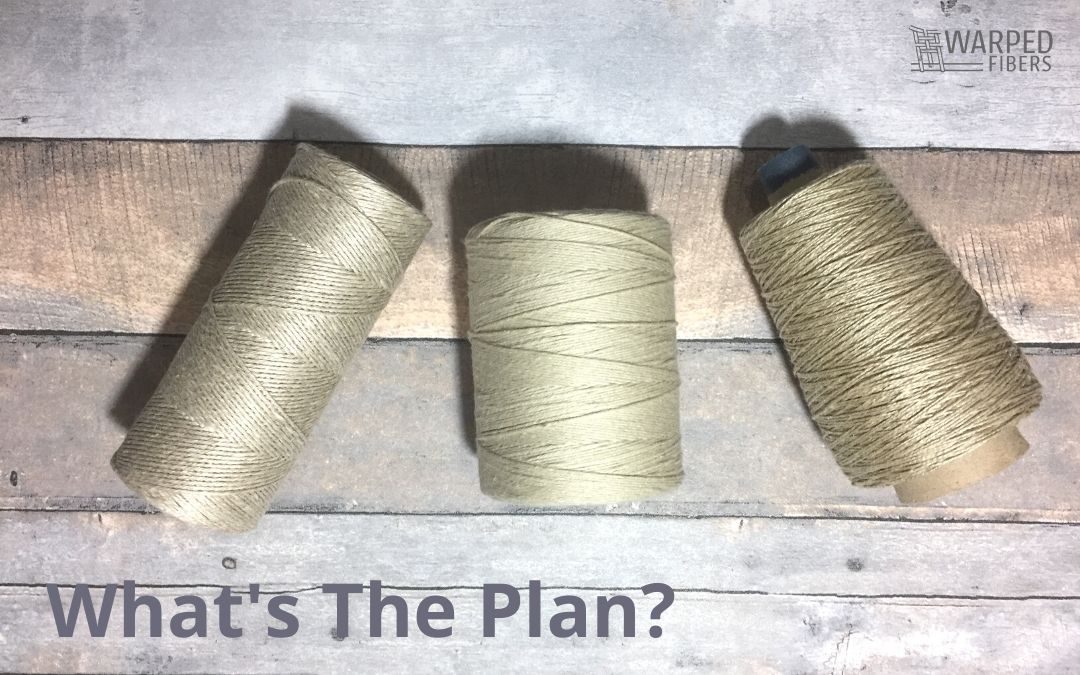

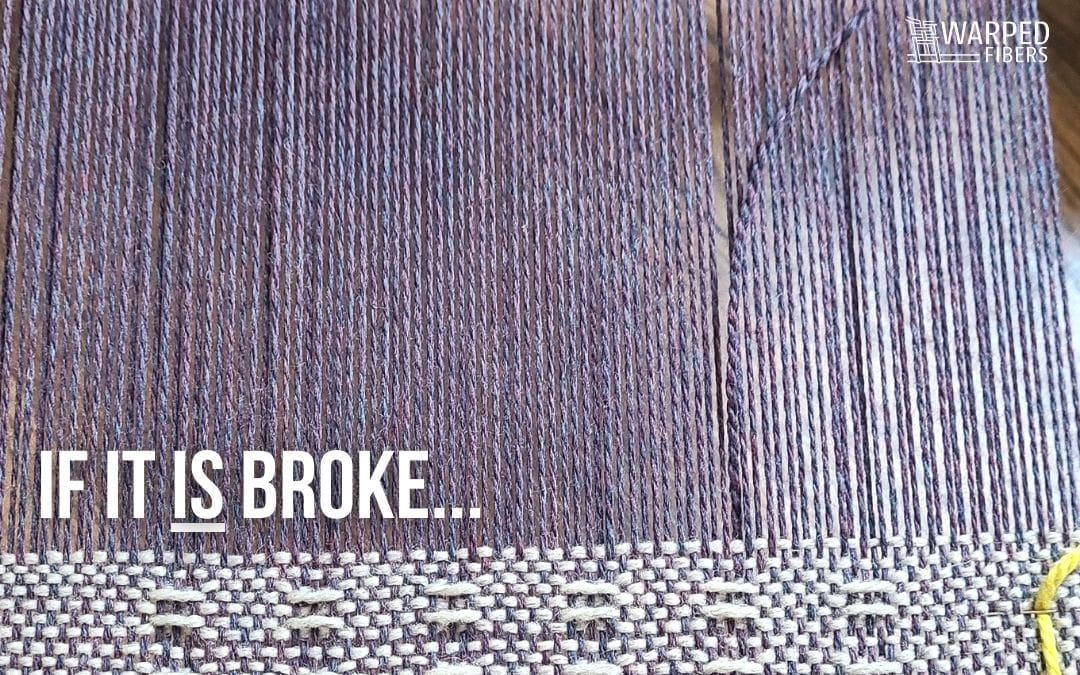

Total newbie here 🙂 l loved your ‘Learn How To Make An EPI Mini-Loom’ – thank you. Is your Self Healing Cutting Mat transparent? lt looks a bit like it *is* – could you tell me where your one is from please? 🫒
It isn’t transparent. Just a fun blue color. I got that one a long time ago probably at the book store at the school I was at at the time. Sorry!
Would like to know about classez and guilds in long beach, south bay or orange county. I live in.long beach, california
The best thing to do if you are looking for something local is to either ask around with other local weavers or to google it. Good luck!